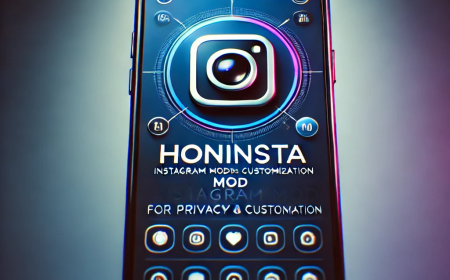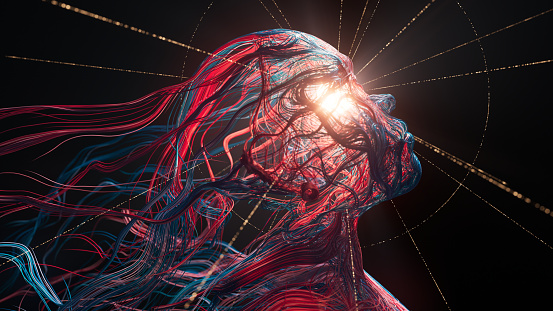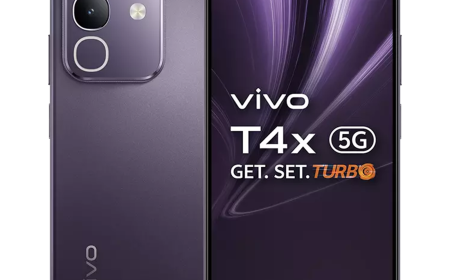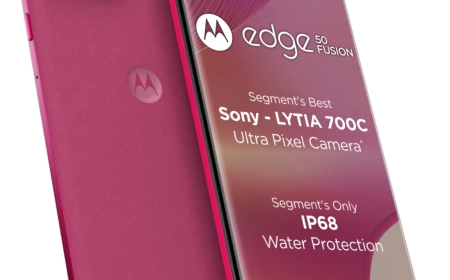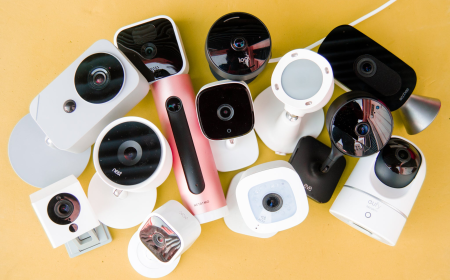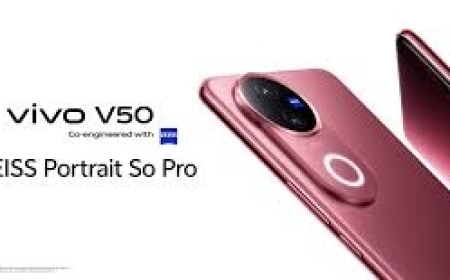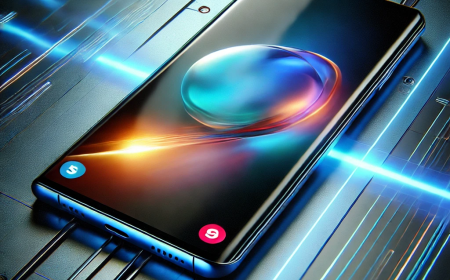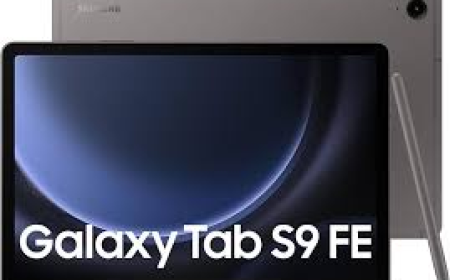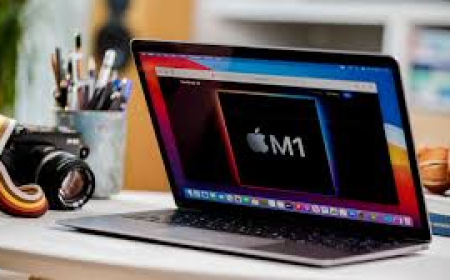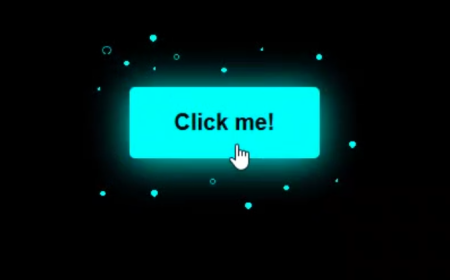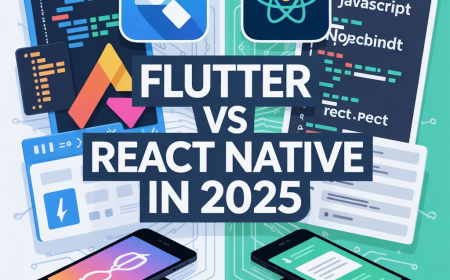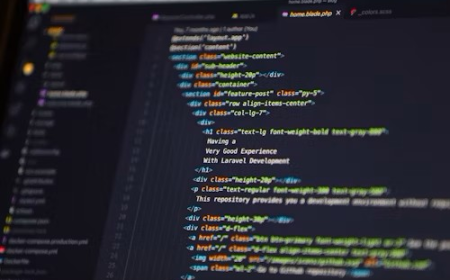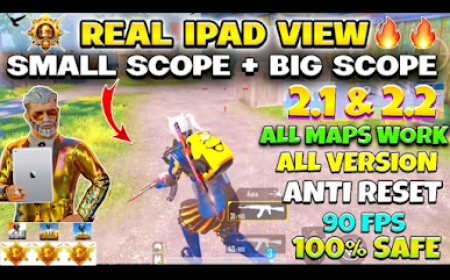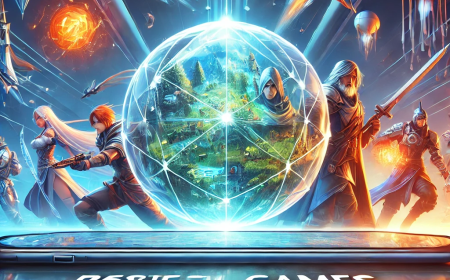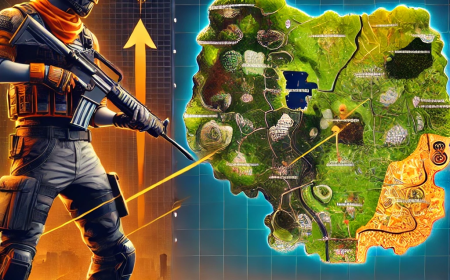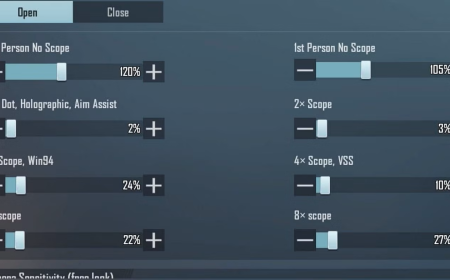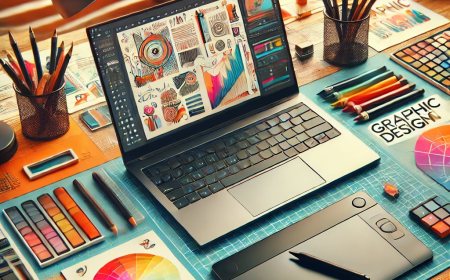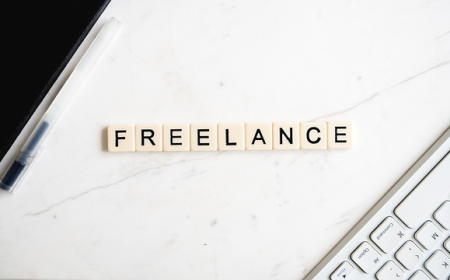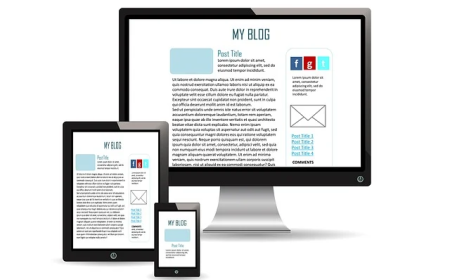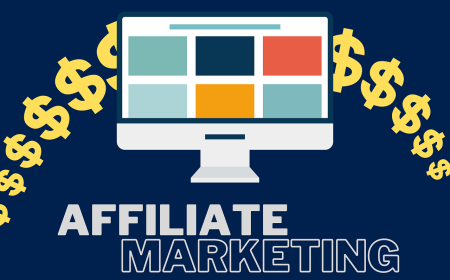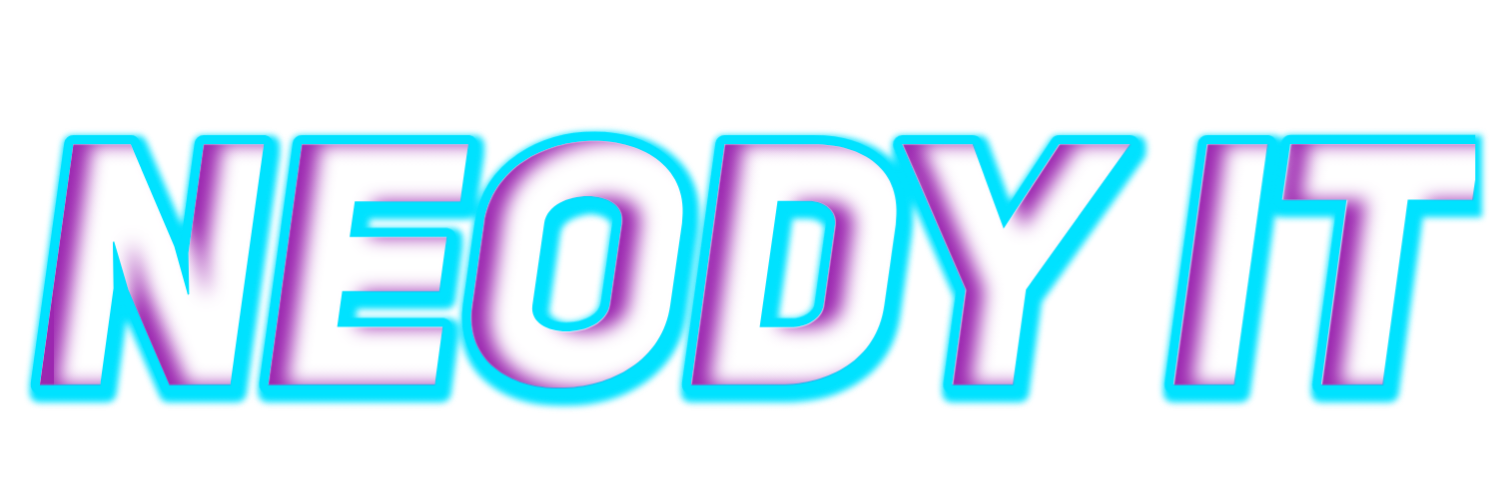How to Become a Professional Graphic Designer in 2025 – Step-by-Step Guide
Want to become a professional graphic designer in 2025? This step-by-step guide covers essential skills, tools, portfolio tips, and freelancing opportunities to help you build a successful graphic design career.
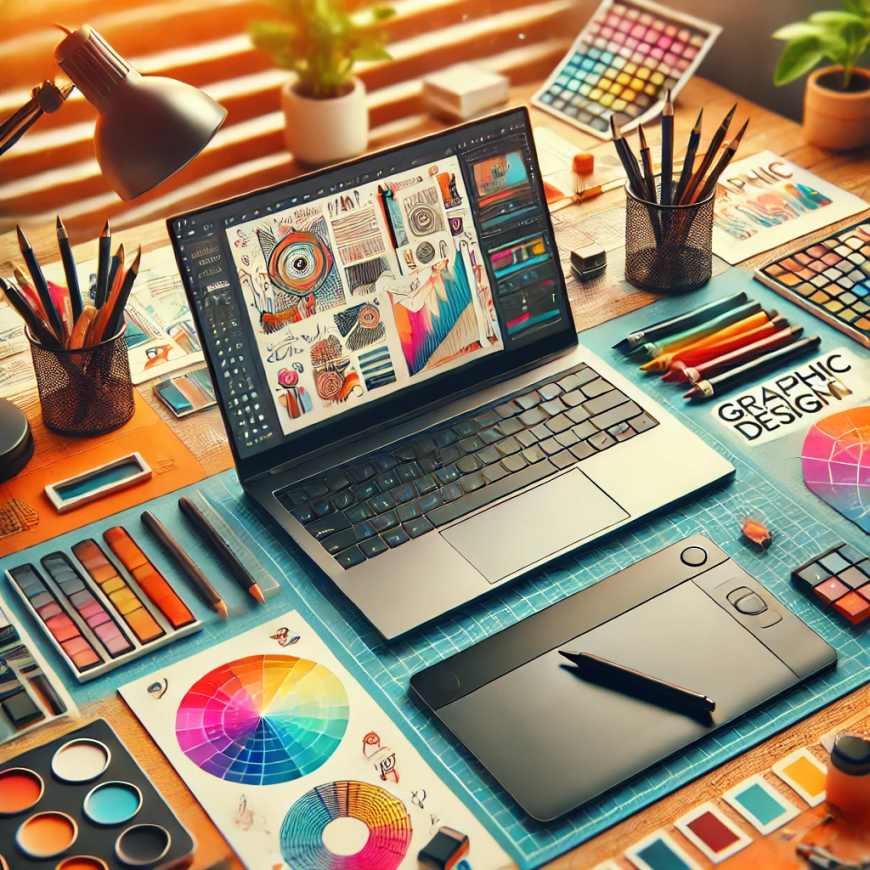
How to Become a Professional Graphic Designer – Step-by-Step Guide
Introduction
Graphic design is one of the most sought-after careers in the digital era. From branding and marketing to website design and social media, businesses need skilled graphic designers to create visually appealing content. Whether you are a student, freelancer, or aspiring professional, learning how to become a professional graphic designer can open doors to numerous opportunities.
In this guide, we will explore the essential skills, tools, and steps required to become a successful graphic designer. By following this structured approach, you can build a rewarding career in graphic design and start working with top clients or companies.
Looking for more career guides? Check out our other detailed posts on Neody IT.
What is Graphic Design?
Graphic design is the art and practice of creating visual content to communicate messages effectively. Designers use typography, colors, images, and layout techniques to design logos, websites, advertisements, social media graphics, product packaging, and more.
Some of the most common industries that require graphic designers include:
- Marketing and Advertising – Social media posts, digital ads, posters.
- Web and UI/UX Design – Websites, mobile apps, landing pages.
- Branding – Logos, business cards, corporate identity materials.
- Print Media – Magazines, newspapers, brochures.
Understanding the fundamentals of graphic design principles is crucial to mastering this profession.
Essential Skills Required for Graphic Design
To become a professional graphic designer, you need a combination of technical and creative skills. Here are some must-have skills:
1. Creativity and Visual Thinking
Graphic design is all about visual storytelling. You must develop a creative mindset to think outside the box and create compelling designs.
2. Typography and Color Theory
A good designer understands font selection, color psychology, and contrast techniques to make designs stand out.
3. Software Proficiency
Familiarity with industry-standard design software is essential, including:
- Adobe Photoshop – For image editing and digital art.
- Adobe Illustrator – For vector graphics and logo design.
- Adobe InDesign – For print design and layout.
- Figma and Sketch – For UI/UX and web design.
4. Layout and Composition
A well-structured design follows proper alignment, balance, and hierarchy to improve readability and visual appeal.
5. Communication and Branding
Graphic designers must understand client needs and incorporate branding elements into their designs to create a consistent identity.
Want to improve your design skills? Read our expert tips on Neody IT.
Step-by-Step Guide to Becoming a Professional Graphic Designer
If you’re ready to start your journey as a professional graphic designer, follow these steps:
Step 1: Learn the Fundamentals of Graphic Design
Start by learning the basic design principles, including:
- Balance – Symmetrical and asymmetrical layouts.
- Contrast – Using colors, shapes, and fonts effectively.
- Alignment – Structuring elements properly.
- Repetition – Creating visual consistency.
Step 2: Master Graphic Design Software
Get hands-on experience with industry-leading tools like Photoshop, Illustrator, and Figma. Practice designing logos, social media graphics, and mock-ups.
Step 3: Build a Strong Portfolio
Your portfolio is your digital resume. Include high-quality projects that showcase different design styles, including:
- Logo design
- Website mock-ups
- Infographics and posters
- Social media templates
Step 4: Take Online Courses and Certifications
Enrolling in graphic design courses can help you build credibility. Some recommended platforms:
- Coursera – Professional certification courses.
- Udemy – Affordable and beginner-friendly.
- LinkedIn Learning – Advanced design tutorials.
Looking for more learning resources? Check out our guide on best freelancing jobs for students.
Step 5: Start Freelancing and Gain Experience
Work on real-world projects by joining freelancing platforms like:
- Fiverr – Best for beginners.
- Upwork – Ideal for long-term projects.
- Freelancer – Great for competitive job bidding.
Need freelancing tips? Read our freelancing guide for beginners.
Step 6: Apply for Graphic Design Jobs
Once you have experience, start applying for full-time jobs or internships. Update your resume and LinkedIn profile with your portfolio and certifications.
Challenges in Becoming a Graphic Designer
Like any profession, graphic design has its challenges:
- Keeping up with trends – Design trends evolve rapidly.
- Dealing with difficult clients – Managing client expectations can be tricky.
- Handling criticism – Constructive feedback is essential for growth.
- Pricing your work – New designers often struggle with pricing their services.
Learn how to overcome these challenges by following expert insights on Neody IT.
Future Trends in Graphic Design
The graphic design industry is evolving. Here are some trends to watch in 2025 and beyond:
- AI and Automation – AI tools like Adobe Sensei are assisting designers.
- 3D and Motion Graphics – Animated content is gaining popularity.
- Minimalist and Abstract Designs – Simplified aesthetics are in demand.
- Augmented Reality (AR) Design – AR experiences are revolutionizing design.
Conclusion
Becoming a professional graphic designer requires dedication, practice, and creativity. By learning the right skills, using the best tools, and building a strong portfolio, you can establish yourself as a successful designer in the industry.
Want to explore more career options? Read our expert guides on Neody IT:
What's Your Reaction?
 Like
0
Like
0
 Dislike
0
Dislike
0
 Love
0
Love
0
 Funny
0
Funny
0
 Angry
0
Angry
0
 Sad
0
Sad
0
 Wow
0
Wow
0


